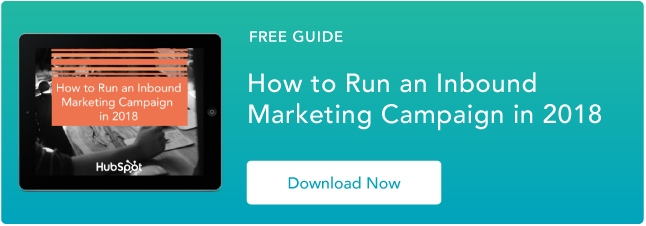The obvious metrics won’t tell you this — you’ve got to dig deeper. Here are five vanity metrics you should stop obsessing over and the actionable metrics you should track instead.
1. Facebook Fans
Did you know engagement rates for branded Facebook Pages have declined by more than 20% since last year? The more that companies post content on Facebook, the more newsfeeds need to share their space, and the less users see and consume from any one company.
So, regardless of how many people have clicked “Like” once they’re on your brand’s Page, the vast majority of them never return to the Page itself and never see the content in their newsfeeds.
An Actionable Metric: Engagement Rate
Instead, use Facebook Insights, Facebook’s free analytics tool, to check which posts generate the highest level of engagement — this includes comments and shares of specific posts.
The higher the level of engagement, the higher your EdgeRank score (EdgeRank is kind of like SEO for Facebook newsfeeds).
Think about the content and conversations that have the highest engagement and impressions, and come up with a plan for how you can replicate these higher-performing posts.
2. Twitter Followers
On Twitter, it really shouldn’t be about the number of followers you have. People typically follow random accounts for reasons unrelated to their actual interest in them. Many users, for example, follow you because they want you to follow them in return — and if you don’t, you often lose that follow days later.
Here are a couple of things to consider about your Twitter followers:
- Who is engaging? Add a “+” to the end of any bit.ly link or check our free tool, WhoTweetedMe.com, to see who retweets your content and identify influential followers.
- What do your followers talk about? Use Cadmus to check out their most shared links.
An Actionable Metric: Competitor Followers
With FollowerWonk, you can compare your Twitter followers to those of your competitors. If there are people following them who aren’t following you, those are prospects you aren’t connecting with, and possibly even money left on the floor.
See what types of content these competitor followers engage with to see if there are important conversations happening in your industry that you should take part in. You might even reach out to these followers and demonstrate the value of following you, too.
3. Blog Post Page Views
This indicates you’ve established yourself as a thought leader and have created great content — both good first steps in an inbound marketing plan. But page views don’t indicate where these views are coming from, if they answer a reader’s questions, or even how long he or she spent on that page.
Actionable Metrics: Bounce Rate, Social Shares
Bounce rate is the percentage of people who visit one page on your website and leave without clicking further into the site. In other words: high bounce rate = bad. Keep readers’ attention with a good call-to-action (CTA), as well as links to other content and other parts of your site. A declining bounce rate is a great metric to report because it suggests your blog is growing in its interest to your visitors.
Consider social shares, as well. Why? Search is social. Search engines like Bing and Google now consider tweets and Facebook shares in their algorithms. How many individual page viewers are also sharing your content on their social networks is a more accurate signal of long-term SEO benefits from a popular blog post.
4. Email Open Rate
Your open rate is:

Open rate is a reasonable metric to track to check the effectiveness of your email’s subject line and timing. However, there are technical limitations because many email clients have to load images to count as an open, and many users have images turned off by default. Track this, but don’t obsess.
An Actionable Metric: Click-Through Rate
Focus on one CTA in your email that draws users to your site, and measure your click-throughs on those links. A high click-through rate (CTR) for an email that invites users to download something on your website, for example, tells you the email campaign has high lead-generating power.
5. Number of Subscribers/Product Users
It’s simple enough to track how many people have converted into a trial user, or agreed to receive your newsletter. But are people actually consuming your product and content? Often this product demo or email goes unused or unseen.
Actionable Metrics: Active Users, Path to Conversion
Instead, track how many users return to use your product each day. These are called active users. In Google Analytics, metrics like visitor loyalty and visitor recency are helpful, depending on your product. As for ecommerce, measure repeat customers and retention. Zappos, which sees more than $2 billion in annual revenue, gets 75% of its sales from repeat customers.
In addition, track which content drew in leads that converted to qualified contacts or even customers — as well as what actions those leads took on your website before they converted. You can monitor this information a few ways, such as adding tracking links to your CTAs so you can see where a user came from as they moved through the conversion path. Rinse, lather, repeat.
Of course, don’t just throw all of these vanity metrics out at once. Before you add or erase certain data from your marketing analytics reports, make sure you and your team have defined your goals and the data points you’ll use to measure whether or not you’re achieving them.




